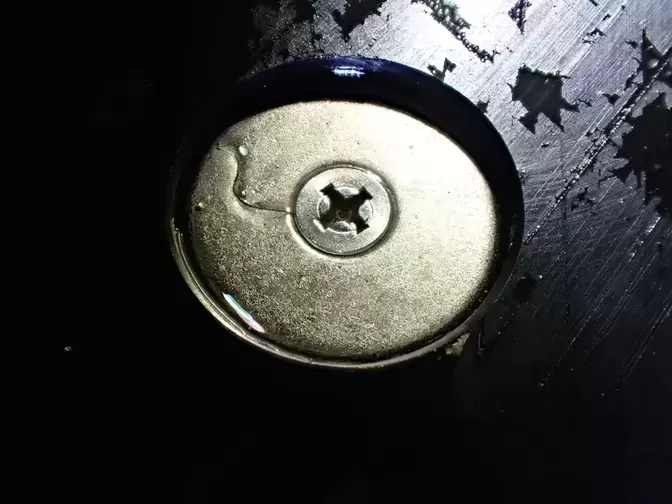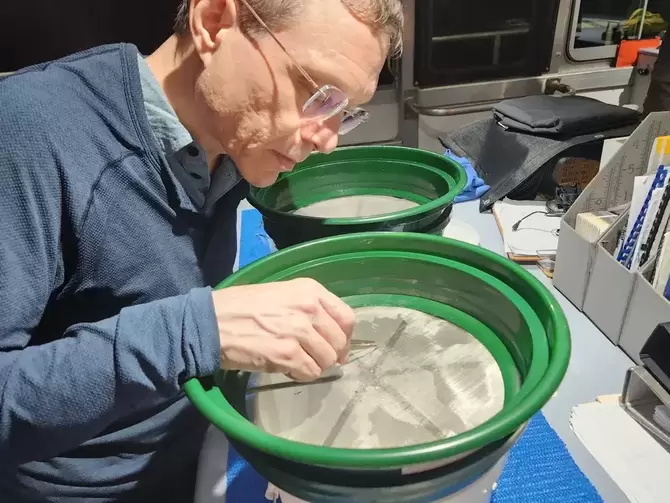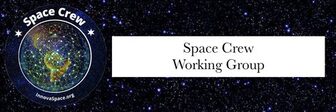Cosmic Conundrum: Unexplained Discovery at Interstellar Meteor Crash Site Sparks Scientific Intrigue18/8/2023
Author: Swapnil K Singh FRSA, IndiaUndergraduate: Astronomy Research & Mechanical Engineering - Astrophysicist of the future! In an extraordinary scientific expedition, researchers embarked on a quest to investigate remnants of the first recognised interstellar meteor, IM1. As they explored the crash site, an astonishing revelation emerged, challenging our understanding of cosmic phenomena and hinting at the possibility of extraterrestrial technology. During their initial examination of the crash site, the team encountered a considerable amount of volcanic dust particles on their magnetic sled. These tiny particles, measuring less than a tenth of a millimetre, were diligently removed from the sled's magnets using a painter's brush. However, it was the presence of a peculiar wire, labelled IS1–2, that truly astonished the researchers. Despite being dragged through the ocean water by the ship Silver Star, the wire remained firmly attached to one of the magnets. The scientists proposed that the volcanic magnetic particles acted as a magnet, effectively holding the wire in place against the force of the ocean current. Driven by curiosity, Ryan Weed and Jeff Wynn conducted an in-depth analysis of the wire's composition. Using an X-ray fluorescence analyser manufactured by Bruker, they compared its composition to known human-made alloys. The results revealed significant peaks in manganese (Mn) and platinum (Pt) on the periodic table. Further investigation unveiled that the wire was composed of a manganese-platinum alloy (MnPt). However, the relative abundance of manganese and platinum in IS1–2 diverged significantly from the composition of MnPt alloys typically used in laboratory non-corroding electrodes. This perplexing deviation suggested the possibility of an origin beyond our world. American Elements, a prominent materials science company, confirmed the availability of MnPt alloys in various forms, including wires. Nevertheless, the composition of IS1–2 differed markedly from these conventional alloys, as demonstrated by Ryan's analysis. The composition analysis of IS1–2 yielded intriguing results in arbitrary units of abundance by number: MnO: 2.109 (Mn: 0.6355), Al2O3: 0.0836, SiO2: negligible, Pt: 0.0014, Ni: 0.0222, Sn: 0.0236, Ce: 0.0563. This revelation represents the first anomaly discovered at the IM1 crash site, leaving the researchers baffled. Concerns about potential contamination from the ship deck were promptly addressed when a crew member swiped the deck floor with magnets, yielding no traces resembling IS1–2. As the scientific expedition progresses, scientists eagerly anticipate their next sample collection from the crash site. The mysteries surrounding IM1 and its potential anomalous materials continue to unfold. Each discovery brings us closer to understanding whether the interstellar object carried substances that deviate from what we commonly find in our familiar surroundings, and raises the tantalising question of whether it could be the product of another technologically advanced civilisation. With the dawn of a new day, the research team eagerly awaits their next findings from the IM1 crash site, hoping for more groundbreaking discoveries to deepen our understanding of the universe we inhabit. As they navigate through uncharted waters, the expedition's navigation leader, Art Wright, expresses optimism, promising to bring forth more intriguing findings for analysis. Truly, the quest for knowledge compels us to explore the heavens while remaining rooted in our earthly existence. With the eagerly awaited arrival of their second sample, the research team anxiously anticipates unravelling more mysteries about the IM1 meteor. The scientists aim to determine whether the materials found at the crash site deviate from those typically observed in our solar system and, perhaps most intriguingly, if they were artificially manufactured by an extraterrestrial civilisation. Art Wright, the expedition's navigation leader, expressed his enthusiasm for the scientific mission and provided an update on the timing of the sled pullout from the ocean floor. He concluded with a hopeful statement, promising more captivating discoveries for the researchers to analyse. As the expedition continues, the scientific community eagerly awaits further insights into the enigmatic IM1 meteor. This remarkable endeavour epitomises the insatiable human desire to explore the cosmos, continuously pushing the boundaries of our knowledge. In the words of Oscar Wilde, "We are all in the gutter, but some of us are looking at the stars." In the ever-evolving world of scientific exploration, unexpected discoveries continue to captivate researchers and challenge existing knowledge. Recent scientific expeditions have unearthed a series of enigmatic artefacts and substances, shedding light on unexplored realms and prompting fresh avenues of scientific inquiry.
Comments are closed.
|
Welcometo the InnovaSpace Knowledge Station Categories
All
|
InnovaSpace Ltd - Registered in England & Wales - No. 11323249
UK Office: 88 Tideslea Path, London, SE280LZ
Privacy Policy I Terms & Conditions
© 2024 InnovaSpace, All Rights Reserved
UK Office: 88 Tideslea Path, London, SE280LZ
Privacy Policy I Terms & Conditions
© 2024 InnovaSpace, All Rights Reserved




 RSS Feed
RSS Feed